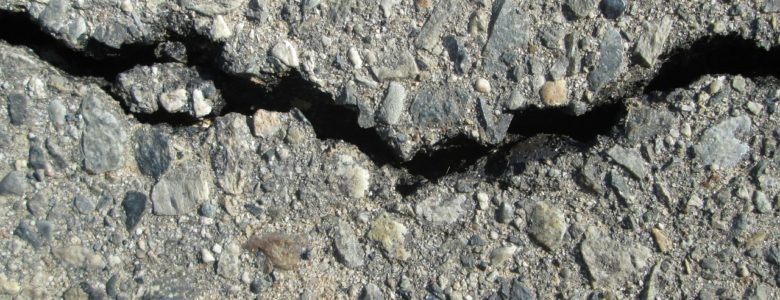When foundation issues are left unaddressed, they can lead to expensive repairs in the long-run. Similarly, minor cracks can result to serious structural issues which are likely to affect the overall value of your home. The building foundation supports the structure from walls, floors, windows, doors and roof. If you suspect a sign of damage, make sure the issue is addressed as soon as possible. Sometimes, identifying the problems may not be an easy task. That’s why we have summarized an all-inclusive guide to help you spot any issue in your building. If you walk around your house and you experience difficulty identifying any of the following issues, you should contact a structural engineer expert for guidance.
1. Cracked and bowed walls
Cracks come as a result of soil movement under the foundation. They also form due to poor water drainage and increased hydro-static pressure. If you see perpendicular or horizontal cracks, it should be a concern. On the other hand, vertical cracks are a clear sign that the house is settling. Bowed walls could be a sign of severe foundation settlement. Once you note some serious cracks on the inside and outside walls, you should consult a repair expert.
2. A wet, leaking basement
This shows water has managed to seep through the cracks. When you see mold growth, your foundation has issues. Poor water drainage makes the soil around your home expand during wet season. Similarly, the soil contracts during the dry season giving a lot of pressure to the underlying foundation. However, a clogged gutter can make rain water spill on the walls. If you note unnaturally wet soil around the building foundation, you should contact a foundation repair expert immediately.
3. Warped ceiling and sagged floors
Uneven roof is a bad indicator that the building has some issues. It’s recommended that you check both the inside and outside. Foundation problems can appear on the ceiling and floor. You should be on the lookout to spot any gaps where the inside walls meet with the floor and ceiling. To identify if your foundation is okay, a ball should not move when placed at a random position on the floor. Sometimes it can separate with the rest of the house. Excessive settling is usually a bad sign.
4. Having trouble opening or closing windows and doors
A foundation can drop lower in some areas than others. This makes the doors and windows uneven. If the doors and windows were fitting well, then they suddenly become too tight or too loose, the problem could be the building foundation. Sometimes the door joints can pull apart. Misaligned doors and windows can let in cold and heat. Uncontrolled heat loss is likely to result to high utility bills. When you conduct home inspections, then notice improperly fitting doors and windows, repairs should be done immediately to extend the lifetime of your home.
5. Bugs in the basement
When you see centipede, carpenter ants, pill bugs or roaches, they are most likely entering the house through the cracks in the foundation.
6. Bending gas and water lines
Most building slabs conceal gas, water and sewer lines. The foundation is likely to shift resulting to the bending of gas and water lines.

